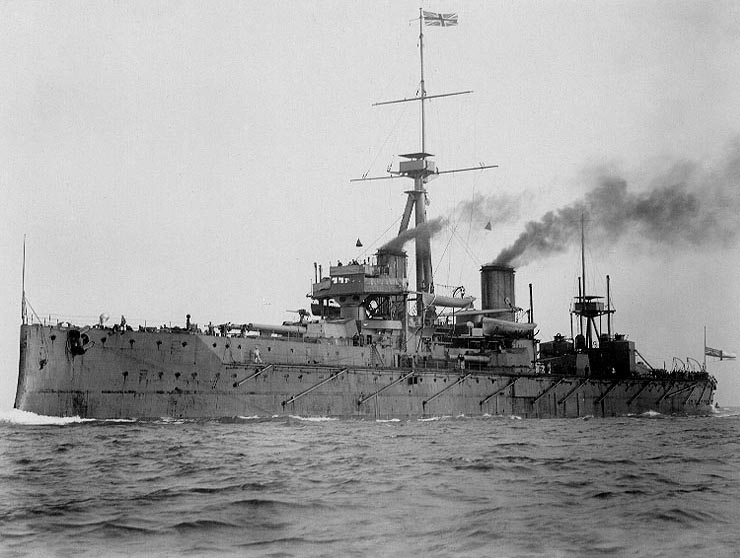Meet Dreadnoughtus, Perhaps the Biggest Creature to Ever Walk the Planet

The picture post by Lacovara on Twitter
.@PhillyArtGirl https://t.co/4RweuDBGB2 pic.twitter.com/tAYfrVFNZm”
— Ken Lacovara (@kenlacovara) September 5, 2014
Twitter account: Kenneth Lacovara, an associate Professor of Biodiversity, Earth & Environmental Science at Drexel University.

Most animal fossils are found as isolated bones and teeth, rather than complete skeletons. The missing bones might have been destroyed by predators or scavengers as they fed on the animal, swept away by floods, fractured under heavy sediments after burial, or broken while eroding out of the ground.

Carnegie Museums of Pittsburgh is a collection of four distinctive museums: Carnegie Museums of Art and Natural History, Carnegie Science Center, and The Andy Warhol Museum. The Carnegie's Centennial Gallery, with its Hall of Dinosaur is a popular attraction for paleotourists.

The report published in Scientific Reports.
A Gigantic, Exceptionally Complete Titanosaurian Sauropod Dinosaur from Southern Patagonia, Argentina : Scientific Reports : Nature Publishing Group
Titanosaurian sauropod dinosaurs were the most diverse and abundant large-bodied herbivores in the southern continents during the final 30 million years of the Mesozoic Era. Several titanosaur species are regarded as the most massive land-living animals yet discovered; nevertheless, nearly all of these giant titanosaurs are known only from very incomplete fossils, hindering a detailed understanding of their anatomy. Here we describe a new and gigantic titanosaur, Dreadnoughtus schrani, from Upper Cretaceous sediments in southern Patagonia, Argentina. Represented by approximately 70% of the postcranial skeleton, plus craniodental remains, Dreadnoughtus is the most complete giant titanosaur yet discovered, and provides new insight into the morphology and evolutionary history of these colossal animals. Furthermore, despite its estimated mass of about 59.3 metric tons, the bone histology of the Dreadnoughtus type specimen reveals that this individual was still growing at the time of death.
www.nature.com

Kenneth Lacovara, PhD, an associate professor in Drexel University's College of Arts and Sciences, who discovered the Dreadnoughtus fossil skeleton in southern Patagonia in Argentina and led the excavation and analysis.











